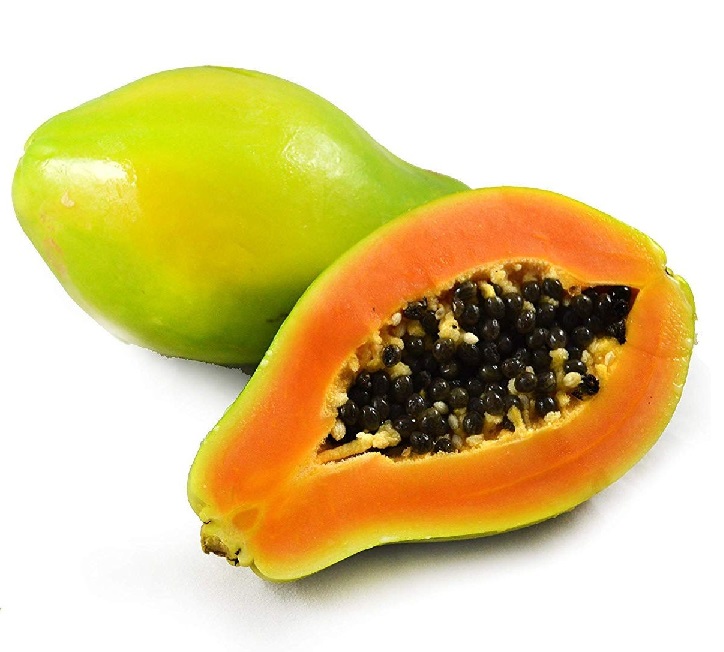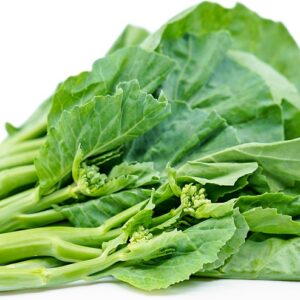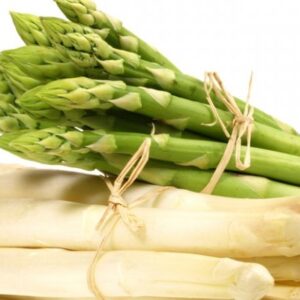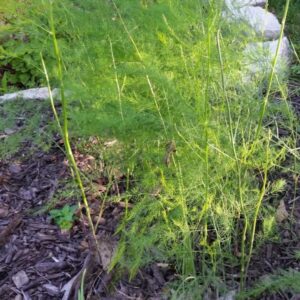Sunrise Solo Papaya
The Sunrise Solo variety of papaya is renowned for its vibrant color, deliciously sweet flavor, and smooth, buttery texture. This tropical fruit is typically medium-sized with a pear-shaped or oval form and a thin, smooth skin that transitions from green to yellow-orange as it ripens. The flesh of the Sunrise Solo papaya is a rich, vibrant orange, with a succulent, juicy consistency and a fragrant aroma. It is prized for its exceptional sweetness and mild acidity, making it a delightful treat enjoyed fresh, sliced, or blended into smoothies and desserts. The Sunrise Solo papaya is also valued for its nutritional content, being a good source of vitamins A, C, and E, as well as dietary fiber and antioxidants. With its irresistible flavor and nutritional benefits, the Sunrise Solo papaya is a popular choice among fruit lovers worldwide.
The Sunrise Solo variety of papaya is renowned for its vibrant color, deliciously sweet flavor, and smooth, buttery texture. This tropical fruit is typically medium-sized with a pear-shaped or oval form and a thin, smooth skin that transitions from green to yellow-orange as it ripens. The flesh of the Sunrise Solo papaya is a rich, vibrant orange, with a succulent, juicy consistency and a fragrant aroma. It is prized for its exceptional sweetness and mild acidity, making it a delightful treat enjoyed fresh, sliced, or blended into smoothies and desserts. The Sunrise Solo papaya is also valued for its nutritional content, being a good source of vitamins A, C, and E, as well as dietary fiber and antioxidants. With its irresistible flavor and nutritional benefits, the Sunrise Solo papaya is a popular choice among fruit lovers worldwide.
Description
The Sunrise Solo variety of papaya is renowned for its vibrant color, deliciously sweet flavor, and smooth, buttery texture. This tropical fruit is typically medium-sized with a pear-shaped or oval form and a thin, smooth skin that transitions from green to yellow-orange as it ripens. The flesh of the Sunrise Solo papaya is a rich, vibrant orange, with a succulent, juicy consistency and a fragrant aroma. It is prized for its exceptional sweetness and mild acidity, making it a delightful treat enjoyed fresh, sliced, or blended into smoothies and desserts. The Sunrise Solo papaya is also valued for its nutritional content, being a good source of vitamins A, C, and E, as well as dietary fiber and antioxidants. With its irresistible flavor and nutritional benefits, the Sunrise Solo papaya is a popular choice among fruit lovers worldwide.
To plant the Sunrise Solo variety of papaya, follow these steps:
1. **Climate:** Papayas thrive in tropical and subtropical climates with warm temperatures year- round. They are sensitive to cold temperatures and frost, so ensure that the climate in your area remains consistently warm.
2. **Location:** Choose a planting site with full sun exposure and protection from strong winds, as papaya trees have shallow roots and can easily topple in windy conditions.
3. **Soil:** Papayas prefer well-drained, fertile soil with a pH level between 6.0 and 6.5. Sandy loam soil is ideal for good root development. If your soil is heavy or clay-like, consider amending it with organic matter such as compost or well-rotted manure to improve drainage and fertility.
4. **Planting:** Plant papaya seeds or seedlings in spring or early summer when the soil has warmed up. Dig a hole slightly larger than the root ball of the seedling and backfill it with soil mixed with compost. Space multiple papaya trees at least 6-10 feet apart to allow for adequate growth.
5. **Watering:** Keep the soil consistently moist but not waterlogged, especially during the first few months after planting. Once established, papaya trees are somewhat drought-tolerant but still require regular watering, particularly during dry periods.
6. **Fertilization:** Papayas are heavy feeders and benefit from regular fertilization. Apply a balanced fertilizer high in potassium every 2-3 months during the growing season. Avoid excessive nitrogen, as it can promote vegetative growth at the expense of fruit production.
7. **Pruning:** Prune papaya trees regularly to remove dead or diseased branches and maintain an open canopy structure. This allows for better air circulation and sunlight penetration, which promotes healthy growth and fruit production.
8. **Mulching:** Mulch around the base of the papaya tree with organic materials such as straw or wood chips to help retain soil moisture, suppress weeds, and regulate soil temperature.
9. **Pest and Disease Management:** Monitor papaya trees regularly for signs of pests such as aphids, fruit flies, and spider mites, as well as diseases like powdery mildew and papaya ringspot virus. Practice good garden hygiene, and promptly remove and destroy any affected plant material to prevent the spread of pests and diseases.
10. **Harvesting:** Papaya fruits typically mature within 6-9 months after planting, depending on growing conditions and cultivar. Harvest ripe papayas when they develop a yellow-orange color and yield slightly to gentle pressure. Cut the fruit from the tree using a sharp knife, leaving a short stem attached.
By following these planting instructions and providing proper care, you can successfully grow the Sunrise Solo variety of papaya in your garden and enjoy its delicious fruits.





